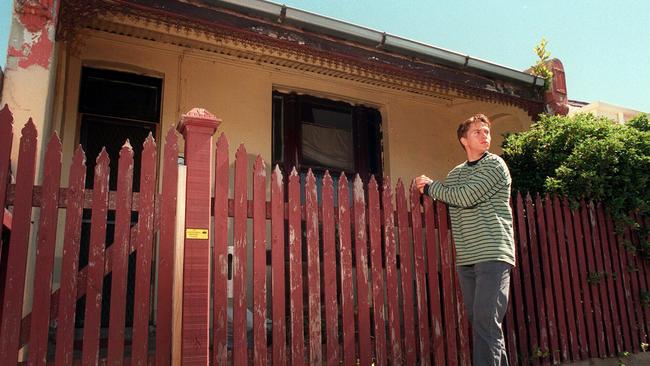Easey St murders arrest marks massive breakthrough in 47-year-old cold case
Police investigated a slew of suspects believed to be linked to the 1977 murders of two women in Collingwood before today’s major development — so what led police to making an arrest?
Police & Courts
Don't miss out on the headlines from Police & Courts. Followed categories will be added to My News.
In late 2015, Victoria Police reopened the investigation into the Easey St murders of Suzanne Armstrong and Susan Bartlett.
There would not have been enormous expectations.
This was a case which had yielded many false dawns over 38 years, seemingly solid leads on good suspects which ultimately ran into dead-ends.


A crime reporter who lived close by, a top sportsman, a feared underworld figure and a multitude of sex offenders were looked at without success.
But advances in DNA technology had been something of a game-changer and put investigators in with a shout.

Many people were subsequently tested against samples from the crime scene and eliminated until, in 2017, a man aged in his late 50s was approached as part of a broad-ranging sweep.
When Easey St happened, he was a teenager carrying a knife who had been checked in the vicinity but was not really regarded as a suspect.
Soon after that request, the man jetted out of Australia, proof of nothing but enough to be of significant interest for any detective.
The Herald Sun understands police in the years afterwards were able to make DNA comparisons which further intensified their interest.
But because he was a dual Greek-Australian citizen, there were heavy obstacles with having him returned to Australia.
That meant a long-range cat and mouse game with no guarantees of a result.

It seems the mouse eventually emerged in recent days, resulting in the arrest of a 65-year-old suspect at an airport in Rome.
He remains in custody, pending what investigators hope will be a successful extradition process.
It is little wonder Victoria Police never lost interest in solving Easey St.
The Collingwood killing was one of the state’s most notorious, horrific enough to become known only by where it happened in the same manner as the bloody events of Hoddle St and Queen St in later years.

Peter Hiscock was a 30-year-old senior detective at the homicide working the case back in 1977.
Mr Hiscock, now 77, can still recall its savagery, how he watched as a pathologist painstakingly counted dozens of stab wounds at a post-mortem examination.
He said he doubted the case would ever be solved and was pleased to hear it may finally be heading somewhere.
“I thought (whoever the killer was) was dead,” Mr Hiscock said.
“It was the most horrific crime you could ever see.”
One police source said today the current investigation, led by detective Sen-Sgt Paul Rowe, was an “epic job”.
“This has got to be the biggest case we’ve ever solved after this kind of time,” the source said.
“Just because the public don’t hear about it, doesn’t mean the police aren’t working on it.”




